Introduction
In the vast tapestry of culinary traditions worldwide, salt-dried duck stands as a testament to the ingenuity of preserving food while enhancing its flavor. This timeless technique, often associated with various cultures across Asia and Europe, not only extends the shelf life of duck meat but also transforms it into a delicacy that is cherished for its unique texture and deep, umami-rich taste. This article delves into the intricate process of crafting salt-dried duck, from selecting the perfect duck to the final stages of drying, offering a comprehensive guide for food enthusiasts and culinary enthusiasts alike.
Section 1: The Importance of Ingredients and Preparation
The journey of creating a salt-dried duck begins with meticulous attention to detail, starting with the choice of duck. Ideally, one should opt for a breed known for its fatty yet tender meat, such as the Peking duck or the Muscovy duck. These breeds offer the perfect balance of fat and lean, which is crucial for achieving the desired texture and flavor during the drying process.
Before proceeding, it is essential to prepare the duck meticulously. This involves cleaning the duck thoroughly to remove any feathers, internal organs, and blood. A sharp knife and a steady hand are necessary to make precise cuts around the vent and neck area, ensuring that no internal organs are left behind. Once cleaned, the duck should be rinsed under cold running water and patted dry with paper towels to remove any excess moisture.
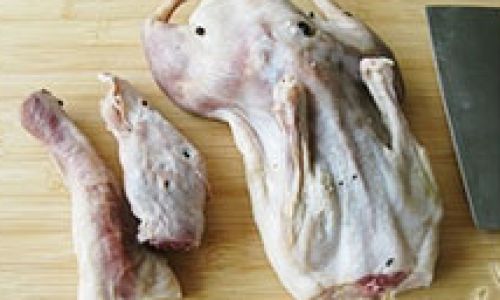
Section 2: The Science Behind Salting
Salting is a crucial step in the preservation process, as salt acts as a natural preservative by drawing out moisture from the meat, creating an environment hostile to bacteria and mold. However, the application of salt must be done with care to avoid over-salting, which can detract from the final taste.
There are two primary methods of salting: dry salting and wet salting (or brining). For salt-dried duck, dry salting is the preferred method. This involves rubbing coarse sea salt (preferably non-iodized, as iodized salt can alter the flavor) all over the duck, ensuring that every surface is evenly coated. The amount of salt used varies depending on the size of the duck and personal preference, but a general guideline is to use approximately 3-5% of the duck’s weight in salt.
After salting, the duck is placed in a non-reactive container (such as a glass or ceramic bowl) and covered with a clean cloth or plastic wrap. It is then refrigerated for a period ranging from 24 to 72 hours, depending on the desired level of saltiness and the size of the duck. During this time, the salt will draw out moisture, forming a brine that further seasons the meat.
Section 3: The Art of Drying
Once the salting process is complete, the duck is ready for drying. Drying is a critical step that transforms the duck’s texture and concentrates its flavors, creating the signature chewy yet tender consistency of salt-dried duck.
There are several methods for drying, each yielding slightly different results. The most traditional method involves hanging the duck in a well-ventilated, cool, and dry area, such as a shed or attic, where natural air circulation can do its work. The ideal temperature for drying is between 50-70°F (10-21°C), with humidity kept low to prevent mold growth.
In some regions, the use of sun-drying is preferred, especially during the dry, sunny seasons. The duck is hung on racks or poles and exposed to direct sunlight for several days, with the duration depending on the intensity of the sun and the desired level of dryness. Sun-dried ducks often have a more intense flavor and a slightly darker appearance due to the caramelization of sugars in the meat.
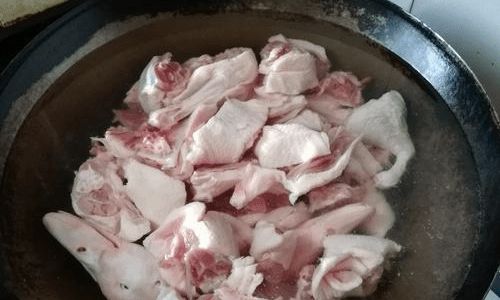
For those who lack the space or climate for natural drying, the use of food dehydrators or oven-drying can be effective alternatives. When using a food dehydrator, set the temperature to around 150°F (65°C) and dry the duck for several hours, checking periodically to ensure it does not over-dry. In an oven, the lowest possible temperature setting (usually around 170°F or 75°C) with the door slightly ajar to allow for air circulation is used. Oven-dried ducks may require longer drying times due to the enclosed environment.
Section 4: Monitoring and Adjustments
Throughout the drying process, it is essential to monitor the duck closely. The goal is to achieve a balance between sufficient dryness to prevent spoilage and retention of moisture for a pleasant texture. Over-drying can result in a tough, leathery texture, while under-drying can lead to spoilage.
One way to check for dryness is by feeling the duck’s surface. It should feel firm but not excessively hard. Another method is to cut into a small, inconspicuous area of the duck to inspect the interior. The meat should be slightly tacky but not wet, with a deep, concentrated flavor.
If at any point during the drying process mold appears, it is important to act quickly. Light surface mold can often be removed by wiping the duck down with a vinegar solution and resuming the drying process. However, if mold penetration is deep or widespread, the duck should be discarded to avoid potential health risks.
Section 5: Storage and Serving
Once the duck has reached the desired level of dryness, it is ready for storage. Properly dried ducks can be stored at room temperature in a cool, dry place for several months. For longer-term storage, wrapping the duck tightly in plastic wrap or placing it in an airtight container and storing it in a cool, dark place (such as a basement or cellar) can extend its shelf life by up to a year.
When ready to serve, salt-dried duck can be prepared in various ways. One popular method is to steam the duck until it is heated through and tender, which helps to rehydrate the meat and soften its texture. Another option is to slice the duck thinly and serve it as an appetizer or incorporate it into salads, stir-fries, or soups. The concentrated flavors of the salt-dried duck make it an excellent addition to dishes that require a burst of umami.
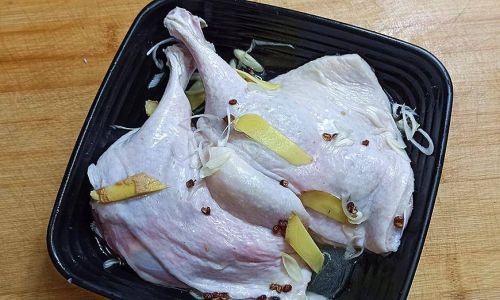
For a more indulgent treat, the duck can be roasted in an oven at a moderate temperature until the skin becomes crispy and the meat is heated through. This method brings out the duck’s rich, savory flavors and creates a beautiful contrast between the crispy exterior and the tender, moist interior.
Section 6: Cultural Variations and Innovations
While the basic principles of salt-drying duck remain consistent, cultural variations and innovations have given rise to a multitude of unique preparations. In China, for example, salt-dried duck is often seasoned with additional spices such as five-spice powder, Sichuan peppercorns, or ginger to enhance its flavor profile. In Europe, particularly in Mediterranean countries, salt-dried duck might be infused with herbs like rosemary, thyme, or oregano, reflecting the region’s culinary traditions.
Modern chefs have also embraced the art of salt-dried duck, incorporating it into gourmet dishes and fusion cuisine. From salt-dried duck confit to duck rillettes, the versatility of this preserved meat allows for endless creativity in the kitchen.
Conclusion
Crafting salt-dried duck is a labor of love that requires patience, precision, and an understanding of the science behind food preservation. By following the steps outlined in this article, from selecting the perfect duck to the final stages of drying and serving, anyone can create a culinary masterpiece that bridges the gap between tradition and innovation. Salt-dried duck is not just a food; it is a testament to human ingenuity and the timeless beauty of preserving nature’s bounty for future enjoyment.
Whether enjoyed as a standalone dish or incorporated into a more complex recipe, salt-dried duck offers a flavor experience that is both deeply satisfying and uniquely rewarding. Its rich history, cultural diversity, and culinary versatility make it a staple worth exploring for anyone passionate about food and its ability to connect us across time and space.

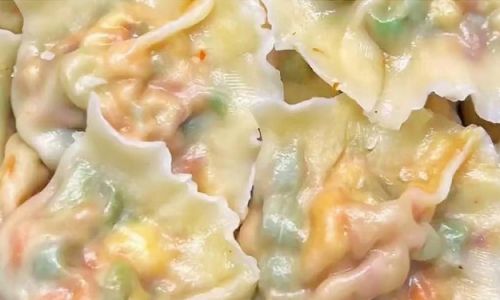

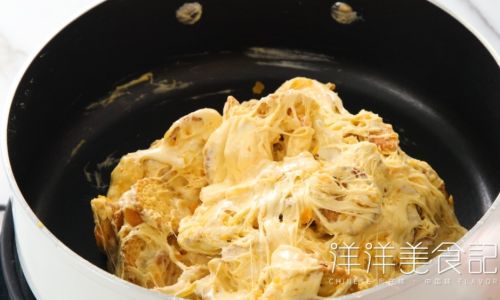
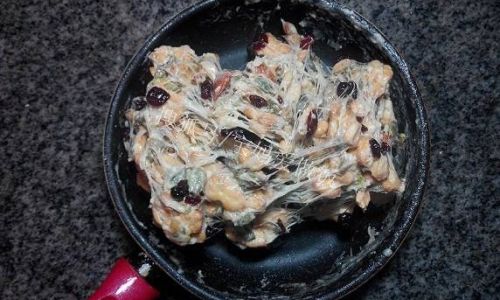
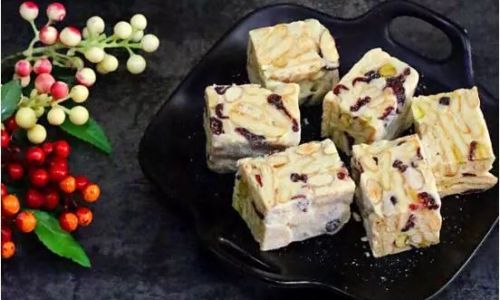
0 comments